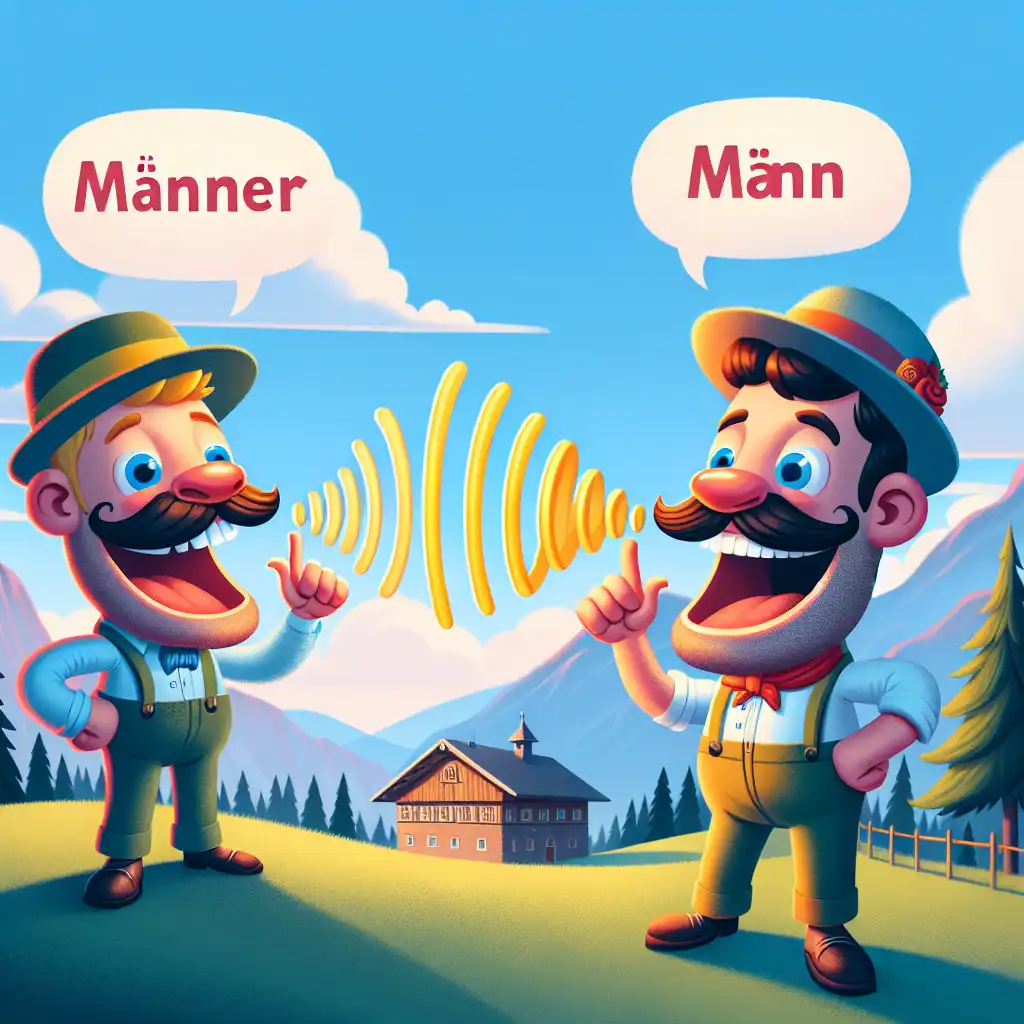
Umlaut
Pronunciation Change
In German, umlauts indicate a vowel sound is pronounced differently than its non-umlaut form.

The 'ä' in 'Männer' (men) sounds different than 'a' in 'Mann' (man).
Visual Recognition
Recognizing umlauts helps differentiate words that would otherwise look alike.

'Fuß' (foot) versus 'Fuβ' (a Greek letter beta, often mistaken by learners).
Not Decorative
An umlaut is not just decorative; it signals important changes in meaning.

'Schon' (already) is different from 'schön' (beautiful).
Compare with
Diacritic
WordUp Chrome Extension
As you browse the web instantly look up words you don’t know.
Get Chrome Extension



